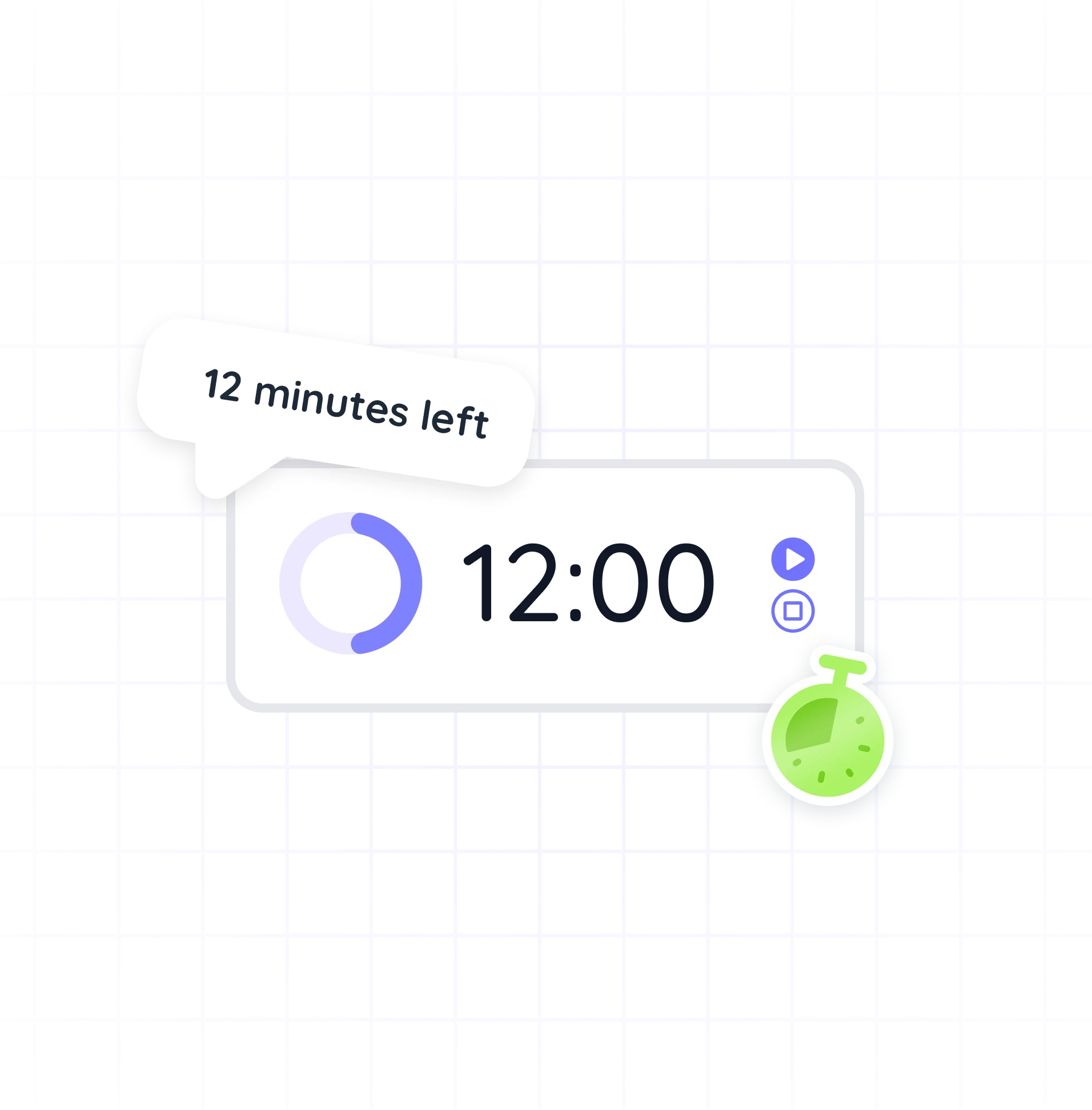Distractions are everywhere in the digitally-driven world. Concentration is more difficult than ever. It’s the reason why mastering your timing isn’t merely a talent, but an ability that’s a superpower. The right timer will be the secret weapon you need, when you’re in the midst of studying or working from home or taking on personal tasks. Use the Pomodoro. This is more than just a timer. It allows you to accomplish more tasks with less stress.
The Power of the Pomodoro Technique
The Pomodoro is a timer that’s more than an ordinary clock. It has its roots in science. Francesco Cirillo developed the “Pomodoros” technique in the 80s. The technique splits work into 25 minute intervals known as “Pomodoros” which are followed by short rests. The technique mimics your brain’s rhythm to help you remain focused and avoid fatigue in your brain.

Each session is a sprint of concentration. It is easier to stay focus when you know that an interruption of minutes is coming. And when the timer rings the alarm is a signal that’s not only to pause but also to acknowledge progress.
Countdown Timers: Staying grounded in the Present
While a Pomodoro timer provides structure for deep work, a countdown timer adds urgency. If there’s a visual ticking clock to the minute, it creates a mental effect called “temporal scarcity.” The time suddenly seems more precious. It’s easier to be aware of the time you’ve spent working on something that involves preparing a presentation, preparing for an exam, or even cleaning your house.
Today’s online timers typically include this feature and offer greater flexibility you can choose the precise duration you require, whether you want to set it for five minutes or five hours. These timers on the internet are more flexible and personalized than traditional kitchen clocks because they can store your preferences, cycle lengths, and break times.
Stopwatch Timers: They Count More Than Time!
Stopwatch timers fall in the category of time management. It doesn’t count down but rather counts upwards, recording the duration it takes to finish a task. It’s a great tool for those seeking to improve their estimations, understand the patterns of their work or monitor their billable time.
A stopwatch timer is used by creative professionals, developers, or entrepreneurs to measure the length of time needed to finish their work, such as writing an essay or editing an audio. After a few weeks of practice, you’ll be better able to plan your work schedule with greater accuracy and precision.
The Rising of the Smart Online Timer
Today’s timers on the internet don’t simply display clocks on the screen. They’re smart, browser-based systems that keep your settings even when you close the browser. With features such as auto-advance between work and break sessions, customizing cycle counts with sound notifications, as well as visual progress rings, they can provide a seamless user experience.
There’s also the option to turn on a feature called “Keep the screen on” This will ensure that your device won’t be asleep in the middle of an exercise. If you add keyboard shortcuts such as Space to pause/play or R to reset, and S to skip a phase in your workflow, it will be much easier to use without touching the mouse.
Reflecting, planning, and adapting Touch: The Human Touch
Timers have only a small impact. It’s when we plan our activities around them that the actual change happens. In order to make the most of each day’s Pomodoro, it’s important to break down big goals into smaller, more manageable goals. After several cycles, a more prolonged break allows the mind the chance to rest, whether that is walking, contemplating, or simply enjoying a snack.
At the end of the day, reflecting on your activities, the number of Pomodoros you have completed, the places where distractions were present, and what could be improved could transform a straightforward instrument into a growth plan.
Conclusion
The Pomodoro timer is more than a basic productivity hack it’s a mindset shift. It encourages working mindfully, taking breaks, and building a stronger connection to time. It can help break down the enormous list of tasks into manageable steps by dividing them into intervals. This isn’t just about crossing things off it’s about finding rhythm, staying present, and ending the day with a feeling of progress.


